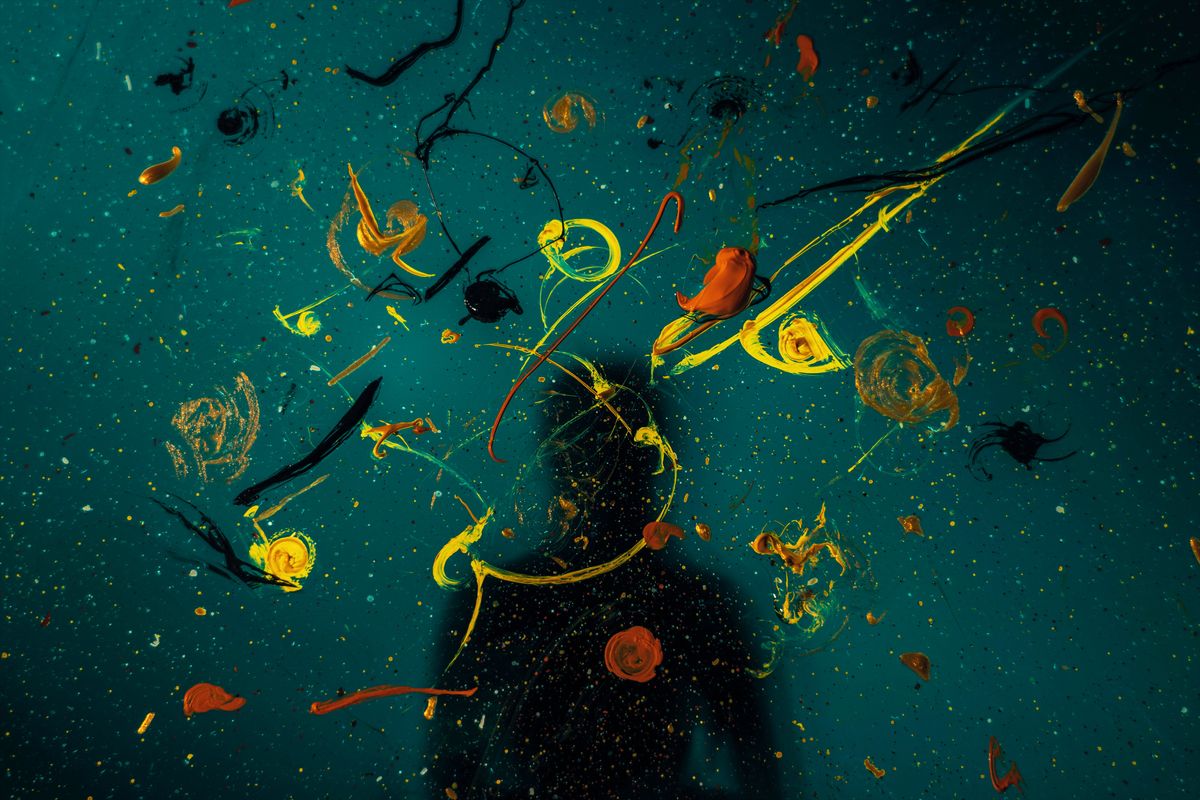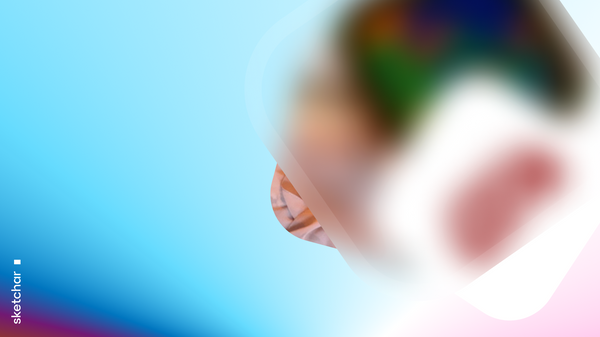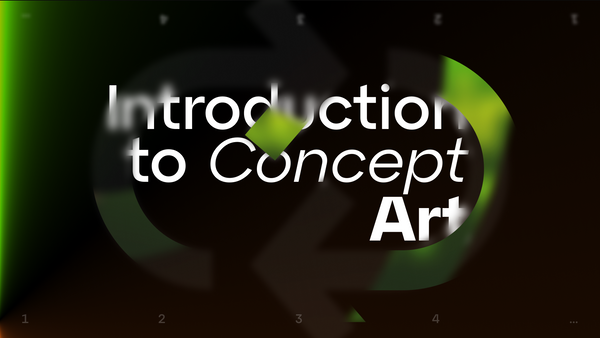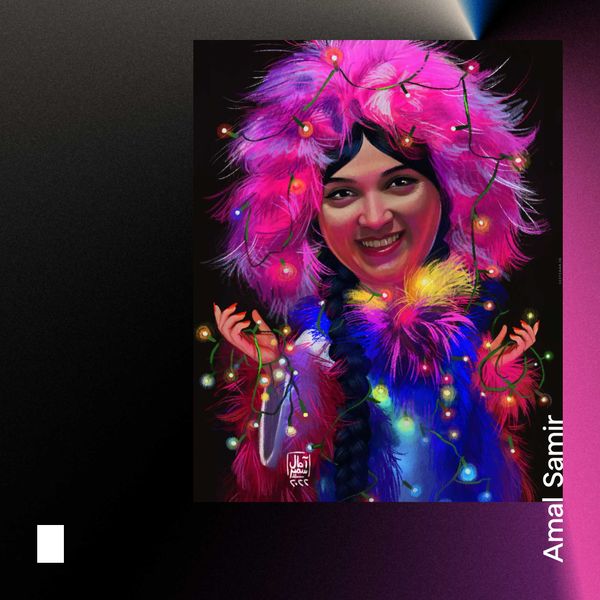It’s equally important to create novel approaches to problem-solving, come up with unique ideas and bring them to practical implementation on a daily basis. So what’s really needed is creative thinking — imagination plus intellect.
Today, there are more and more predictions indicating that such skills as continuous learning, critical thinking, and creativity will allow in the future drawing a clear line between activities that will be at the mercy of artificial intelligence and that will be retained by humans. According to the report published by the World Economic Forum, held in 2016 in Davos (Switzerland), creativity is one of the top three flexible skills needed for any professional by 2020. For many, it must be a time to reflect on their career prospects.
But how can you retrain your mindset so that creativity becomes a basic skill for your daily success at work and in personal life? The great little secret is that creativity is eminently teachable. Every person has the potential to build nontrivial logical chains. This level is determined by the coefficient of creative intellect, which is commonly referred to as CQ (Creativity Quotient). It’s believed to be unrelated to IQ, but it’s also quite amenable to development and training.
So let’s go over a number of simple habits that can help speed up your creative process. All it takes is the willingness to try.
Don’t rely on inspiration
Many people, who consider themselves to be creative, don’t try to do anything for very long, claiming they are waiting for inspiration. This strategy doesn’t work. Inspiration almost never appears by itself. Action creates inspiration — it comes from work. Therefore, learn patience and don’t worry about whether your result will be good.

Turn on associations
A true artist sees things related to each other. Instead of viewing the world as single objects in space and time, you should be looking for connections. Even Steve Jobs once said: “Creativity is just connecting things.” By combining different fragments from past experience, it’s possible to make something new. For example, look at familiar things from a fresh perspective, find unexpected ways to use them, and even change usual patterns of your daily activities.
Concentrate on a process
It’s quite common to get too carried away with thoughts of the “masterpiece” you are going to create without even thinking about what exactly needs to be done. You should find pleasure not only in achieving a result but in the process of moving towards your goal — reflect, go over options, and find different ways of coping with a situation. When faced with new tasks or unexpected difficulties, take them not as problems but as challenges to your creativity.
Pay attention to your random thoughts
Thoughts and images that come to our minds from time to time often seem meaningless and absurd, but they can be fundamental to a creative breakthrough. Be observant, examine everything that surrounds you. The right ideas may appear suddenly — during a meal or a workout, in a store or in sleep. It’s always worth keeping a notebook or a voice recorder with you. Documenting everything, even if it doesn’t seem that important at the time, is absolutely crucial.

Do the same thing on repeat
Creative process requires time and effort. Only about 10 percent of this work is natural talent, and 90 percent is labor. Having the mental fortitude to keep going when things don’t happen right away and looking for little nuances is how some of the greatest ideas have been developed. According to Stanford psychologist Carol Dweck, who has been studying human motivation over the last 30 years, perseverance and resilience are the top ingredients in creative achievement. So consistency is a key. Doing a little each day leads you to regular progress that gives more motivation and thus helps create more.
Use your non-dominant hand
Using the opposite hand activates both hemispheres of the brain and spurs creativity. Increased exchange of information between the hemispheres makes emotions and thoughts clearer. For example, you can practice mindful drawing at times. Sketch a simple landscape, then take a five-minute break and create the same one with the other hand. Or take pencils in your right and left hands and try to get a mirrored image.
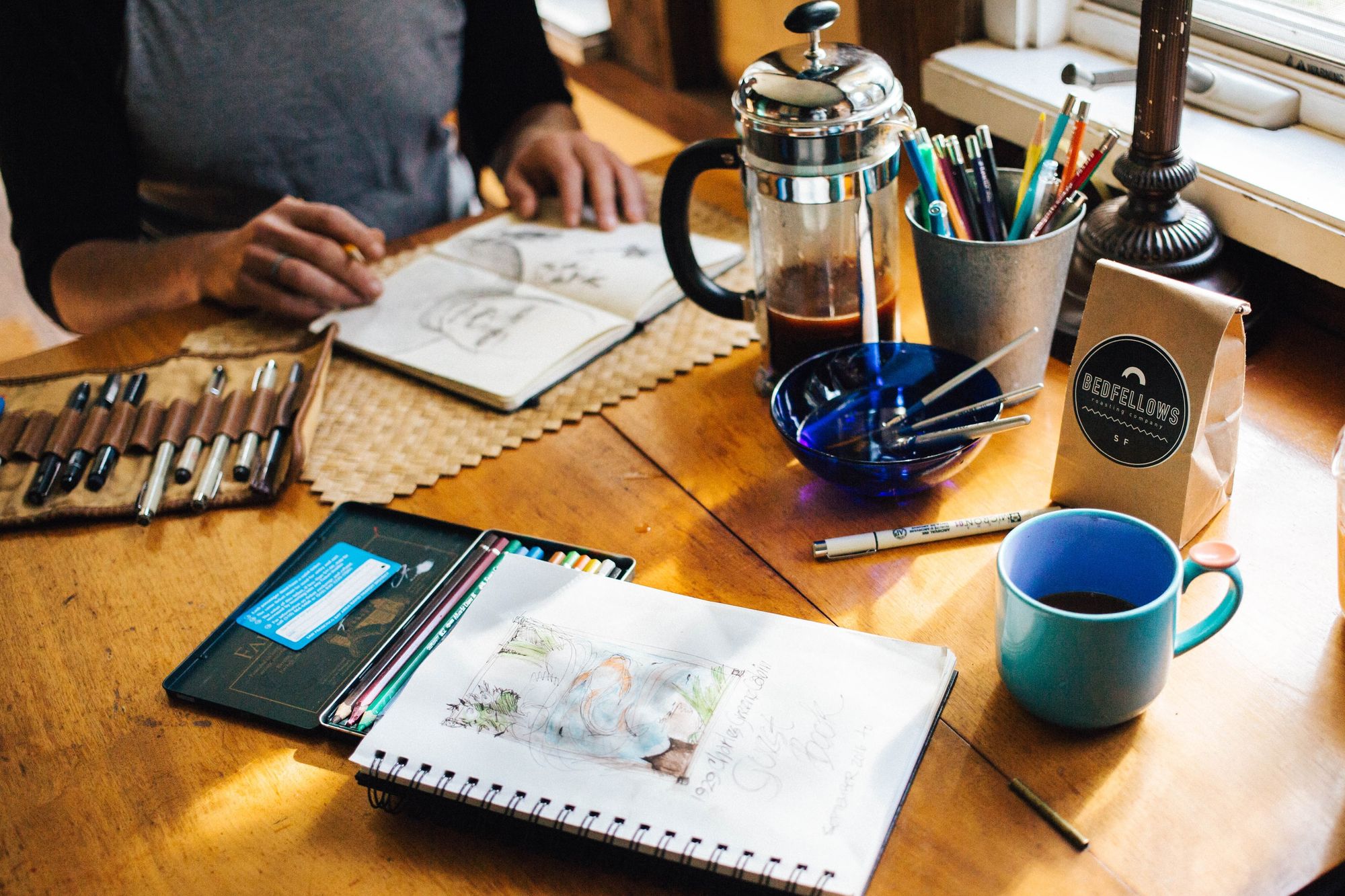
Work with background noise
Define empirically under what conditions you do your best work. But just know, research results published in the Journal of Consumer Research (UK) in 2012 demonstrate that a moderate (70 dB) level of ambient noise enhances performance on creative tasks. It is a moderate (vs. low) noise level that increases processing difficulty, inducing a higher construal level and thus encouraging abstract processing, which subsequently leads to higher creativity. A high level of noise (85 dB), in contrast, hurts creative output (reduces the extent of information processing and thus impairs creativity).
Expand your intellectual horizons
Research shows that expanding your knowledge on unfamiliar topics stimulates idea generation and divergent thinking. Today, you can easily apply this method by signing up for an online course on something brand-new via educational sites or even just by watching videos on YouTube.
There’s a strong possibility it won’t be immediately clear how what you’re learning could be useful in the future. But the pieces of information you’re gathering should come together naturally when you encounter a specific challenge or brainstorming ideas later on.
Switch to something unrelated
Faced with a big challenge, we usually start considering solutions very hard. Sometimes this makes a lot of unnecessary noise in the head without giving clear answers. In this case, distraction is extremely helpful. It may provide the break you need to disengage from a fixation on the ineffective solution. When you let your mind wander, its subconscious part can surface and plant ideas into the conscious part. That’s why you should switch to a really habitual task or something that doesn’t take too much concentration.
Improve your mood and self-esteem
Psychological preparation is the most important in developing creativity. Never forget your past achievements and focus only on the good stuff. A positive mental attitude (dopamine release) promotes healthy brain function, helps achieve inner peace and harmony. Even the physical act of laughter increases the activity in the prefrontal cortex and anterior cingulate cortex — brain regions associated with creative thinking.
Finally, it’s essential to remember that the ability to generate new ideas and make original moves is also a habit. Creativity isn’t made out of a magical part of the brain, it needs to be exercised like a muscle. Anything that gets you out of routine, defragments your mind and restores the balance in your nervous system will pay big dividends over time.
The SketchAR app is designed to make you feel like a creator faster and easier. Download the app on iOS and Android to find out how augmented reality helps in drawing.


